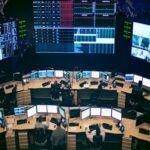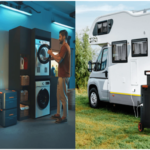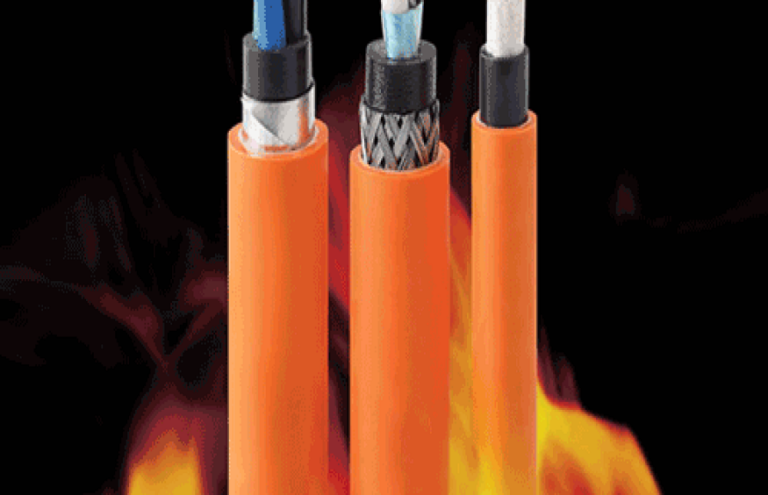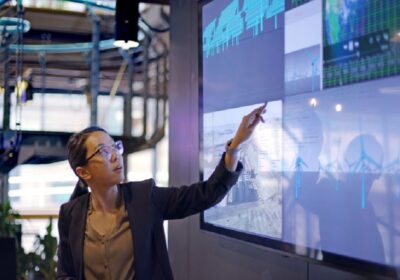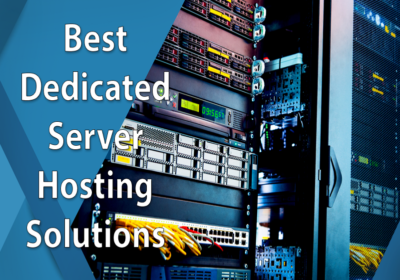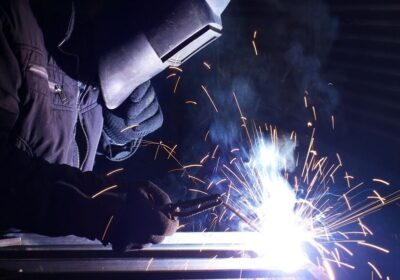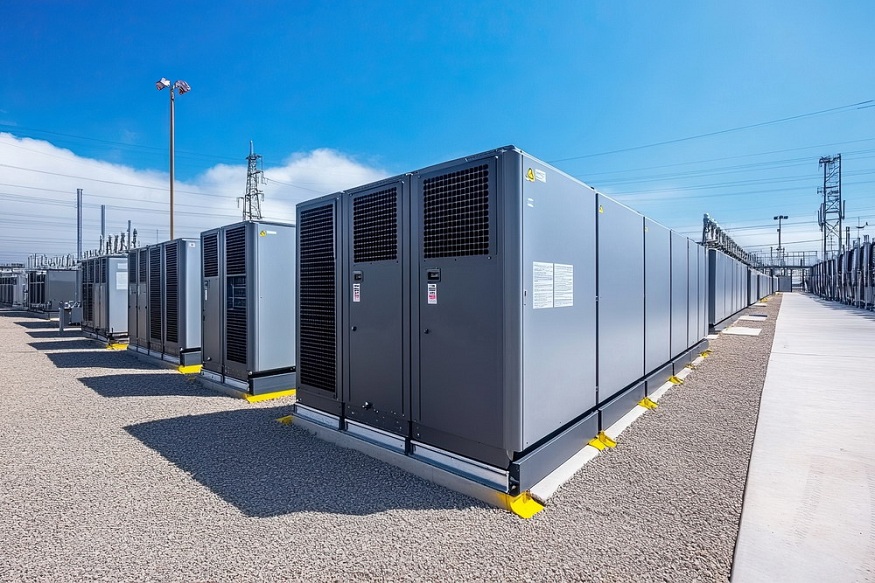
Sustainability Starts with Smarter Systems
Climate change threatens our world. Many companies want to become sustainable or environmentally friendly. The goal is to reduce their carbon footprint but achieving sustainability takes more than just desire. Companies must implement smart technologies and infrastructures. Sustainable systems make ecological and financial sense. Going green depends on innovative tools. According to the experts at Blues IoT, that includes industrial IoT solutions that connect equipment to collect data.
Manufacturing Made Eco-Efficient
The manufacturing sector uses lots of energy and water. Luckily, smart manufacturing systems boost efficiency at factories. For example, sensors on motors can detect problems early to avoid breakdowns. Predictive maintenance prevents wasteful crises. Industrial IoT solutions interconnect devices factory-wide. This gives complete visibility to cut excess energy and resource usage. Technologies like advanced robotics also perform tasks faster with less human resources. Automating production with smart innovations thus saves costs and the environment.
Powering Progress
Energy itself requires transformation for climate-change goals. Clean power from renewable sources like solar and wind must expand. Connectivity and data guide that sustainable switch. Utility companies use connected meters, grids, turbines, and panels. For instance, sensors on wind infrastructure monitor performance. Data analysis then optimizes energy output. Predictive algorithms forecast electricity demand. Power stations appropriately source more renewable supply during peak periods and consumers use apps to track personal usage and go greener. So connectivity powers energy savings from source to socket.
Resourceful Water Systems
Managing Earth’s precious water resources is growing more innovative. Municipal water departments use smart meters, valves, and pipe sensors. This equipment remotely controls flow-rates and detects leaks. Preventing infrastructure failures avoids wasteful losses of clean drinking water. Connectivity further enables tracking usage habits at businesses and residences. Utility companies then design targeted water conservation programs based on consumption data. These smarter water infrastructures are the first step toward responsible use.
Sustainable Transportation
Green vehicles represent another key initiative. However, transportation infrastructure itself needs modernization. Intelligent traffic signals with vehicle sensors optimize driving flows. This prevents congestion that increases carbon emissions. Similarly, smart parking apps direct drivers to open spaces faster. Idling and traffic jams go down, as does wasted fuel. Metropolitan transit and freight sectors innovate with connectivity. Train and logistics tracking ensures efficient routing. Telematics on mass transportation and delivery trucks provides data to improve sustainability further. Vehicles go cleaner and infrastructure goes smarter for environmental victory.
Overcoming Obstacles
Implementing new technologies has challenges, though. Building and learning sustainable systems requires investment of money, resources and time. But the long-term payoffs outweigh temporary disruptions. Once set up, the equipment and data analytics continuously drive optimization and savings. Constructing smarter cities, grids, factories and transport takes cooperation. Cross-industry collaboration is key, as no single entity can drive full transformation alone. Despite the difficulties, taking the first steps with sensible projects paves the way for total modernization through connectivity.
Looking to the Future
Experts forecast that sustainability technologies will expand. Renewables will likely power the majority of energy usage in progressive places as costs fall. Embedded automation will take over more factory tasks, optimizing production ecology. Water infrastructure will utilize sensors and control to minimize waste and vehicle-to-infrastructure communication will spread for ultimate traffic efficiency. With innovations tested and scaling each year, the world moves toward balanced environmental harmony through sophistication.
Conclusion
Sustainability today requires embracing complexity, not avoiding it. Every industry must integrate layered, intelligent systems for maximal efficiency. While the upfront investment seems high, the ultimate rewards are immense: financially through perpetual cost savings, operationally via reduced downtime and failures, and environmentally by conserving resources long-term. Building a sustainable world starts with constructing smarter systems. The technologies exist, and adoption is rising.



